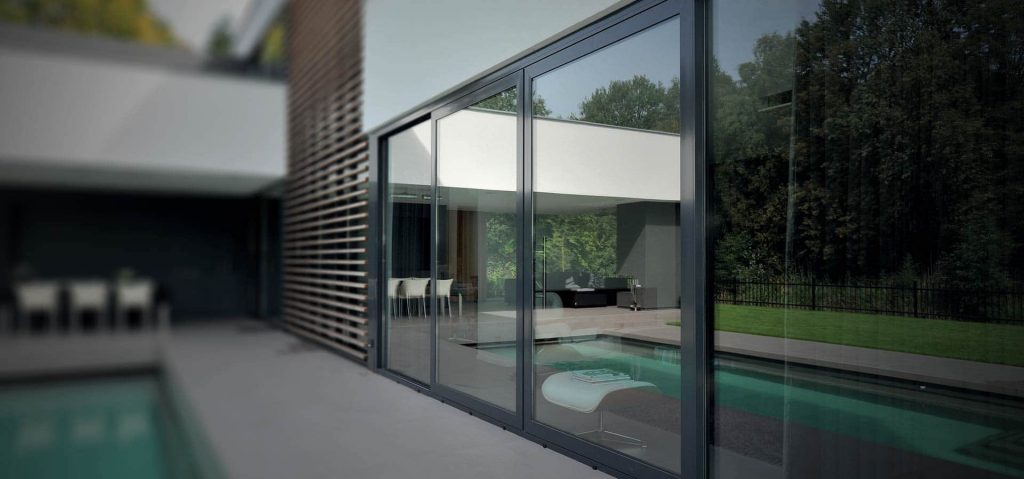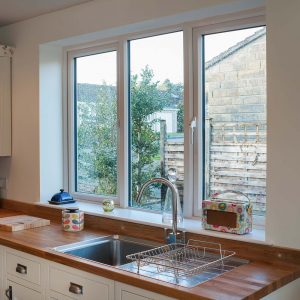What are the latest 2020 updates to Building Regulations Part L and F?
May 7, 2020
The UK Government recently put forward The Future Homes Standard, which forms part of their wider plan for the UK to become net-zero by 2050. In order to get them on their way to meeting their target, they have proposed significant changes to Approved Documents L (conservation of fuel and power) and F (ventilation), which are likely to become legally enforceable at the end of the year.
As an installer, it is important to be aware of such developments, so we have summarised the key changes that are being proposed for you in this blog. However, the full guidance is available via the link here.
Removal of the Fabric Energy Efficiency Standard (FEES)
The Fabric Energy Efficiency Standard (FEES) was introduced during the Government’s revision of Approved Document L in 2013. However, they are proposing to replace this with a set of minimum standards for fabric performance.
 As part of these minimum standards, they are proposing maximum U-values for a number of elements, including external walls, party walls, roof, floors along with windows and doors. What is significant, however, is that this better fabric performance can be ‘offset’ by low-carbon energy provision. This could lead to more new homes and commercial properties utilising low-carbon technologies in place of walls, windows, doors, etc. with low U-values.
As part of these minimum standards, they are proposing maximum U-values for a number of elements, including external walls, party walls, roof, floors along with windows and doors. What is significant, however, is that this better fabric performance can be ‘offset’ by low-carbon energy provision. This could lead to more new homes and commercial properties utilising low-carbon technologies in place of walls, windows, doors, etc. with low U-values.
Local authorities no longer able to set minimum standards for energy efficiency
Under the new proposals, local authorities are set to be restricted from setting their own higher energy efficiency standards for new homes. This is to remove any confusion for planning authorities and homeowners and suggests that the government will put universal energy efficiency standards in place. If that is true, it could make it easier for glazing installers when deciding which products to use for a specific project.
How the different areas are likely to be affected by changes to energy efficiency standards:
 Work carried out in new dwellings – we’re expecting the energy efficiency requirements for new homes to be higher than current standards as part of the Government’s strategy to meet the Future Homes Standard.
Work carried out in new dwellings – we’re expecting the energy efficiency requirements for new homes to be higher than current standards as part of the Government’s strategy to meet the Future Homes Standard.- Work carried out in existing dwellings – as emissions reductions from UK homes have stalled, we could see a higher minimum EPC rating being put in place to encourage greater decarbonisation of heat in homes.
- New buildings other than dwellings – although it is not necessarily clear how they plan to achieve this, it is expected that the government will require commercial properties to be built as close to net-zero as they possibly can be.
- Work to existing buildings other than dwellings – as it stands, landlords cannot grant new tenancies or renew old ones if the property has an EPC of F or G. However, this is expected to extend further.
Ultimately, for glazing installers, it is likely that any windows and doors that are fitted in new and existing domestic and commercial properties will need to attain higher energy standards. There might also be more commercial and domestic properties requiring replacement windows and doors that meet higher energy standards.
Overheating in new dwellings (Part L)
The update to Part L in 2013 made building envelopes tighter, meaning a higher likelihood of excess heat becoming trapped, causing properties to overheat. However, this is one of the areas they look set to address as part of the upcoming changes.
As part of The Future Homes Standard, by 2025, the Government is aiming for new homes to produce 75-80% less carbon than current standards. So, we are anticipating further changes to these Building Regulations in the coming years. Here at Dekko, we supply high-quality windows and doors that surpass the minimum standards for energy-efficiency to glazing installers across the UK. For more information on our products & services, give us a call on 0161 406 0055 or contact us online.
This information was correct at the time of publishing. For more information on current and future Building Regulations changes read our latest blog for 2022.










Nationwide delivery in the UK
From our state-of-the-art factory in Lancashire, our products are transported to installers across the UK. We strive to meet all delivery deadlines to ensure our customers are never delayed. They stock an extensive range of PVCu and ancillary products to give installers easy and convenient access to all the necessary hardware.
Contact Us
